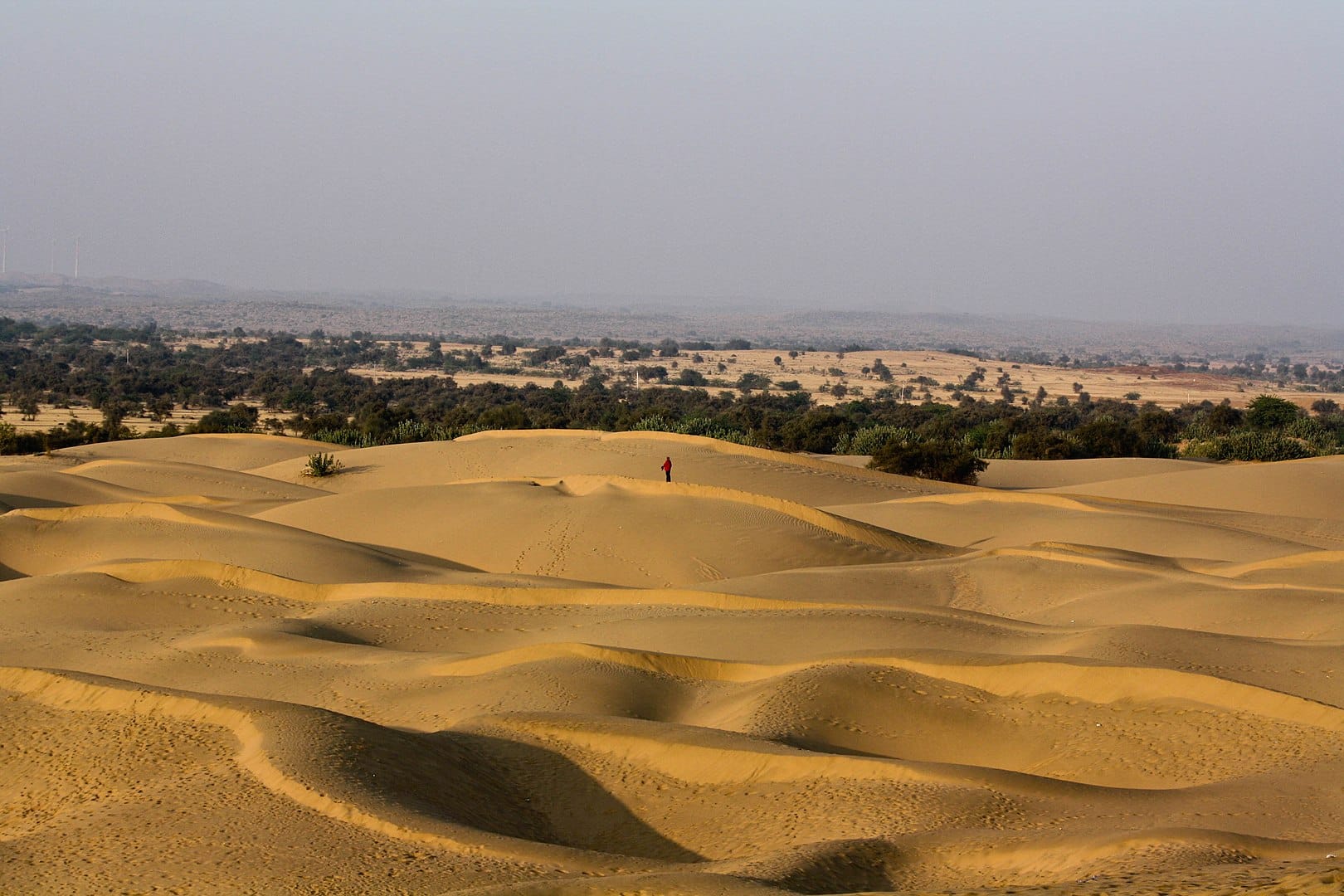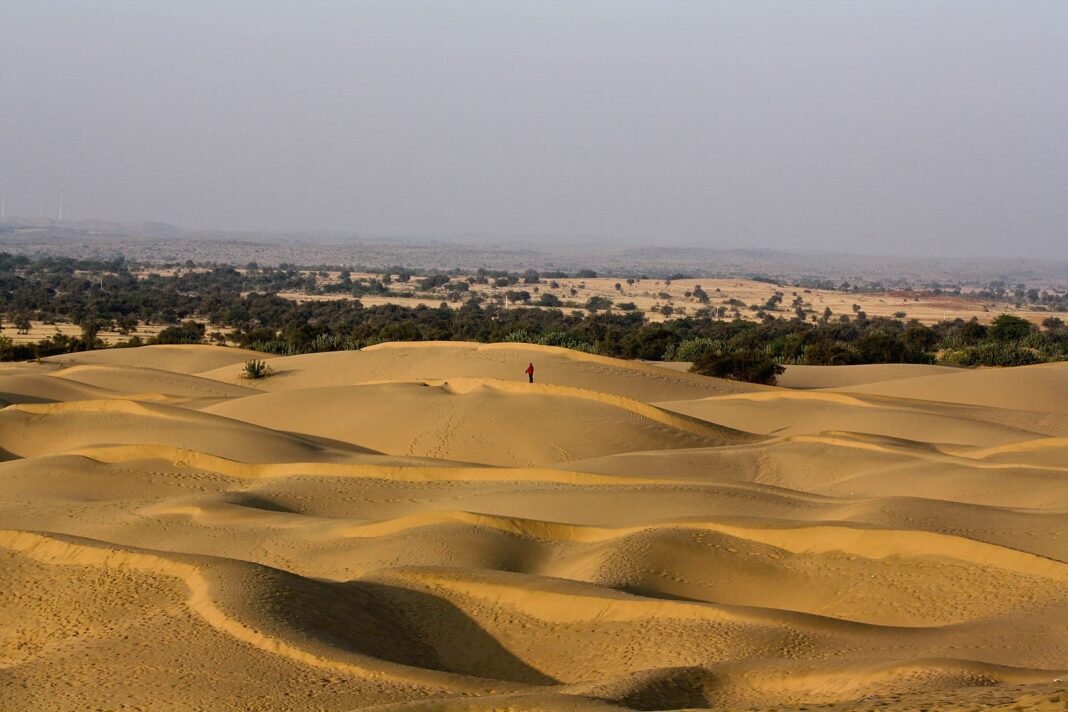
A team of archaeologists has discovered what appears to be a 4,500-year-old lost Harappan settlement deep in northwest India’s Thar Desert, reshaping long-held beliefs about the boundaries of the Indus Valley Civilization.
Located near the India–Pakistan border, the site marks the first confirmed evidence of Harappan presence in Rajasthan’s arid western region.
Known as Ratadia Ri Deri, the settlement is approximately 60 kilometers (37 miles) from Ramgarh tehsil in Jaisalmer district and just 17 kilometers (10.5 miles) from the international border.
The finding expands the known geographical spread of one of the world’s oldest urban civilizations and confirms that the Harappans once occupied this now-hostile terrain.
Experts say the discovery of this lost Harappan settlement in the desert sheds new light on how far the civilization extended, and how well it adapted.
“This is a historic breakthrough in Rajasthan’s desert archaeology,” said Dilip Kumar Saini of Rajasthan University, who co-led the excavation. He called the site a breakthrough that demonstrates the resilience and reach of Harappan communities.
The project was conducted in collaboration with Professor Jeevan Singh Kharkwal of Rajasthan Vidyapeeth and historian Parth Jagani, with support from Dr. Tamegh Panwar, Dr. Ravindra Devda, and local contributors Pradeep Kumar Garg and Chatar Singh “Jam.”
Pottery fragments lead to a major excavation
The discovery began with a tip from Garg, a local schoolteacher who stumbled upon unusual pottery fragments. He alerted the Save Our Heritage Foundation, prompting a formal investigation that led to the excavation.
Researchers unearth first confirmed Harappan settlement in Thar Desert pic.twitter.com/yVSHq7PN7A
— ABIN (@AbinKotera) July 30, 2025
Artifacts recovered from the site include red and wheat-colored pottery such as bowls, pitchers, and perforated jars, many of which are decorated with geometric patterns. Excavators also uncovered chert stone blades measuring up to 10 centimeters (4 inches), which are believed to have originated from the Rohri Hills in modern-day Pakistan.
Other significant finds include clay and conch shell bangles, terracotta cakes in various shapes, stone mills, and Harappan-style bricks in both wedge and rectangular forms.
A furnace with a central column was also found, resembling structures previously identified at Kanmer in Gujarat and Mohenjo-daro in Pakistan.
Researchers believe the level of planning and craftsmanship indicates a socially and economically developed settlement, not unlike the civilization’s major urban centers.
The site offers a vital link to the Harappan trade routes
Radiocarbon dating places the site between 2600 BCE and 1900 BCE, aligning it with the Mature Harappan period. Its location suggests a vital link between northern Rajasthan and Gujarat, possibly along ancient trade routes near the now-vanished Saraswati River.
“This discovery bridges a major archaeological gap, demonstrating how rural Harappan sites supported broader trade and production networks across diverse environments,” said Kharkwal.
He added that rural settlements like this likely supported wider trade and production systems that connected urban centers.
The team has submitted its findings to the Indian Journal of Science and an international peer-reviewed journal. If accepted, the discovery is expected to gain global recognition as a key node in the Indus Valley’s vast cultural and economic network. Excavation work continues, and researchers believe more sites may lie hidden beneath Rajasthan’s shifting sands, waiting to reveal new chapters in the story of the ancient Harappans.


